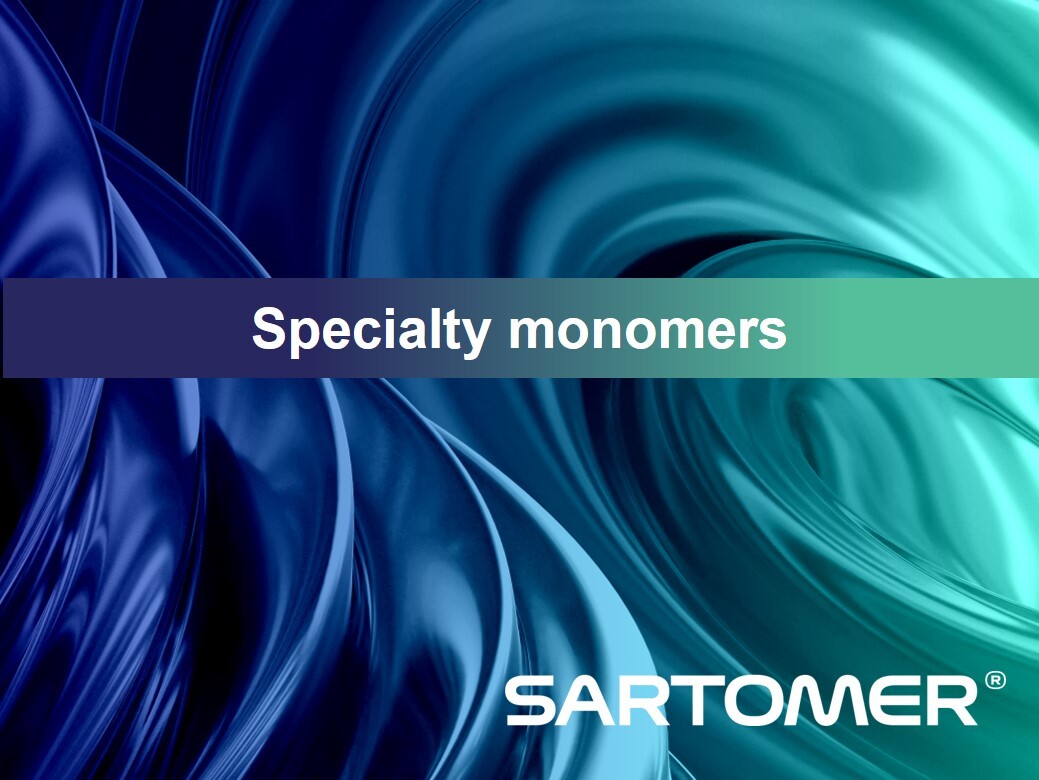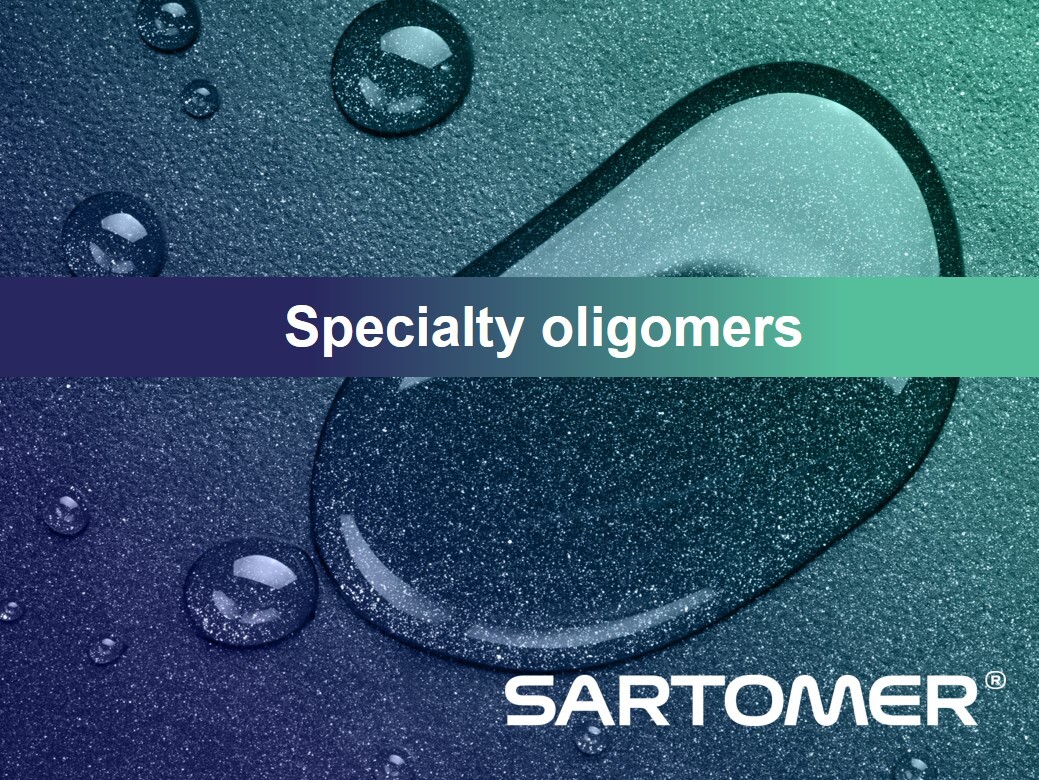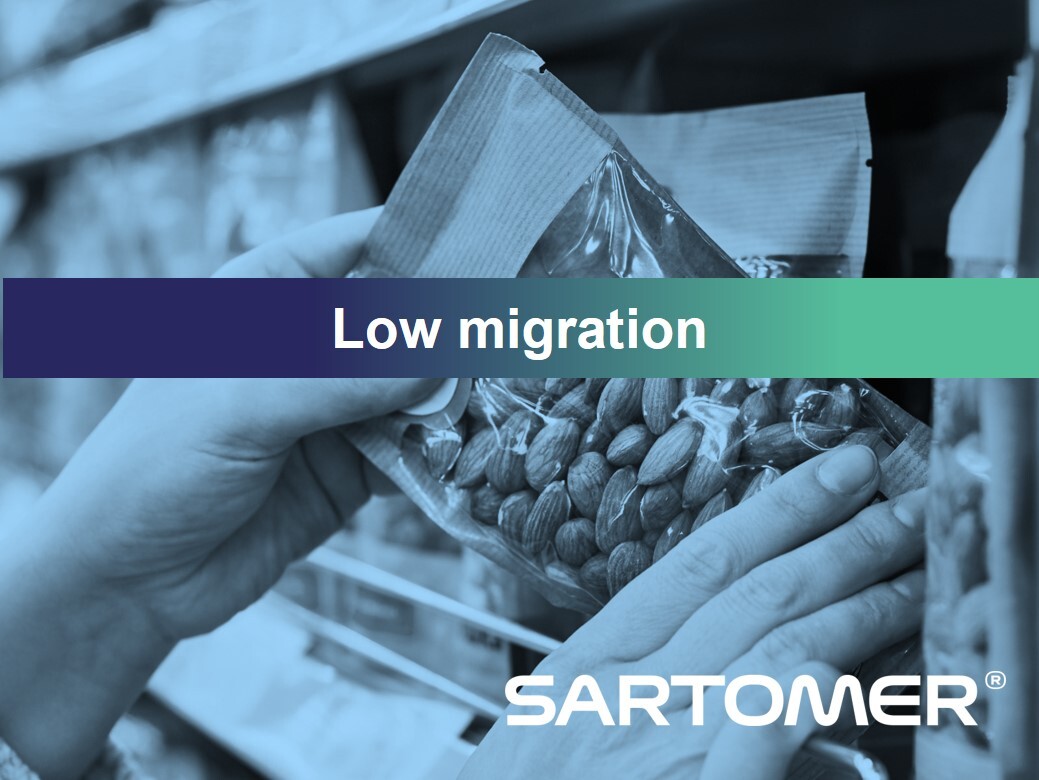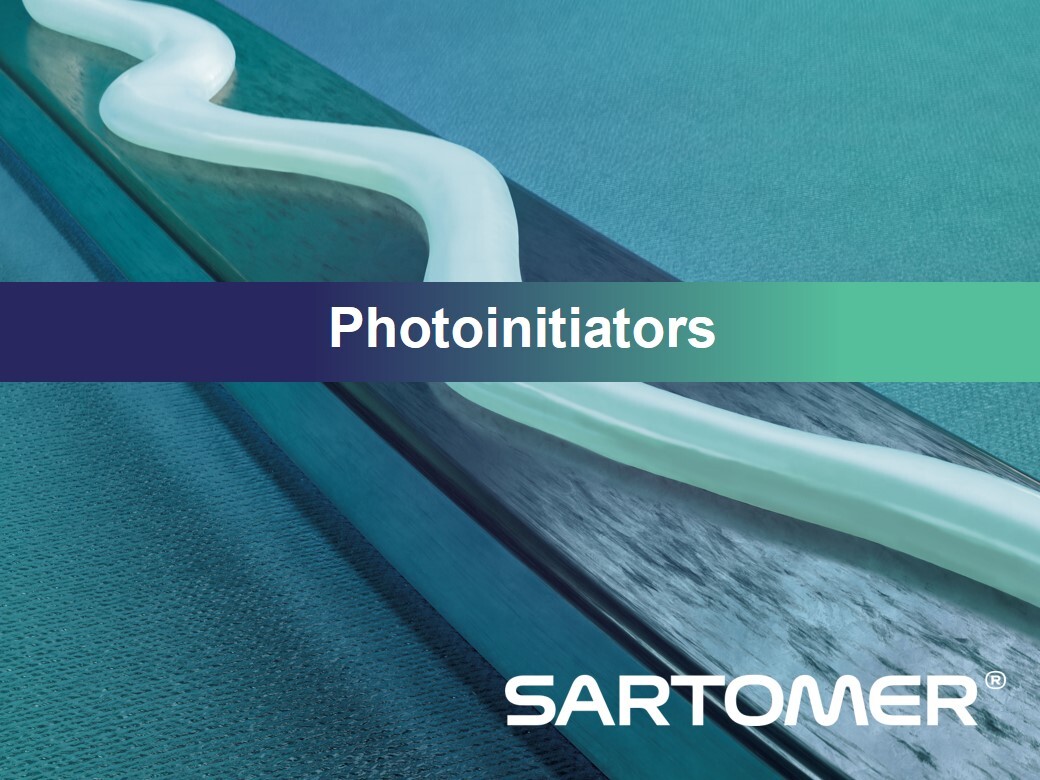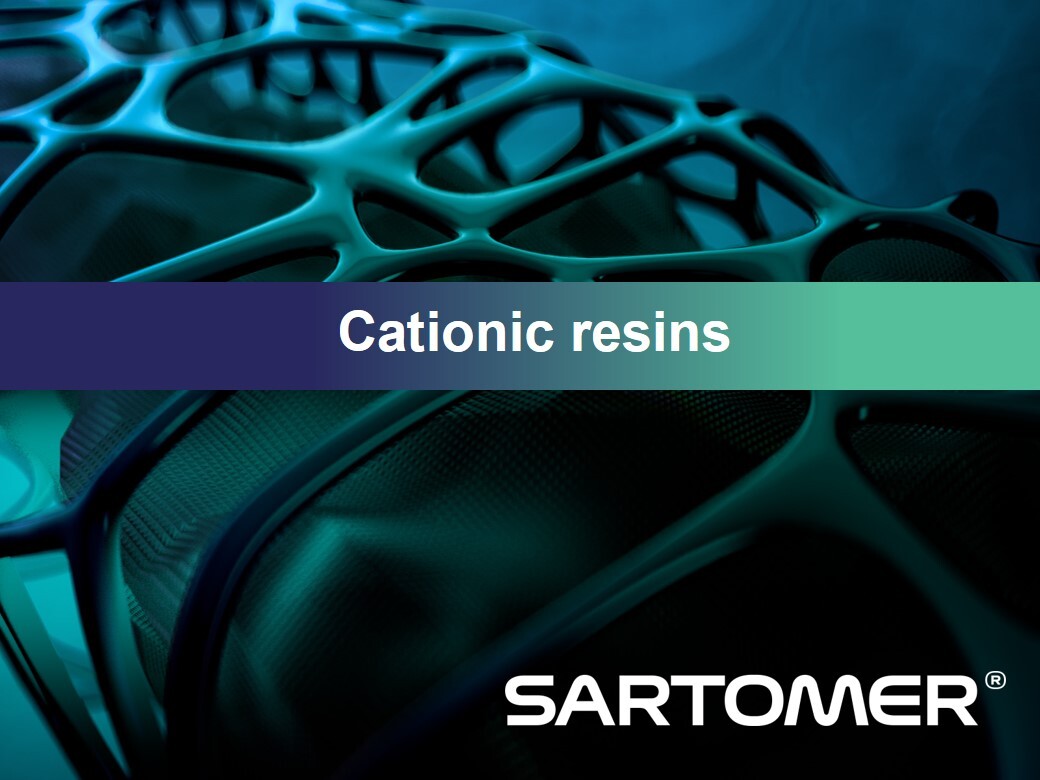Lower energy consumption
Our sustainable offer for LED by region
Our sustainable offer for EB by region
Benefits of UV, LED and EB curing technologies
Very low VOC emissions
- No solvent waste
- No water evaporation
- Lower hazard
Four times less energy consumption than traditional thermal curing system
- High productivity and cost savings
- Reduced cycle time
- Increased throughput
- Instant on/off
- Room temperature curing
Ten times less space utilization than a traditional drying oven
- Process efficiency and flexibility
- Low heat generation
- Simple adaptation to existing lines
- No need for ovens on the line
- Ease of cleaning
What are scope 1,2 and 3 carbon and emissions ?
Scope 1, 2, and 3 carbon emissions represent an organization's total carbon footprint through greenhouse gas (GHG) emissions.
- Scope 1 covers direct emissions from an organization's owned or controlled sources, like their vehicles or furnaces.
- Scope 2 encompasses indirect emissions from purchased electricity, heat, or steam.
- Scope 3 includes other indirect emissions linked to an organization's activities but stemming from sources they don't own or control, such as emissions from producing purchased materials or employee travel.
Collectively, these categories help businesses understand, report, and reduce their emissions effectively. By lowering our product carbon footprint, we enable our customers to reduce their scope 3 emissions, helping them to achieve their climate plan. Our solutions for lower energy consumption technologies will accompany Coatings and Inks producers in their shift to more sustainable production assets, hence lowering their scope 1 emissions.
Case Study on EB-cured Coil Coatings
Transitioning to lower energy consumption technologies
- Lower impact on environment
- Higher throughput process
- Aesthetic & functional properties

